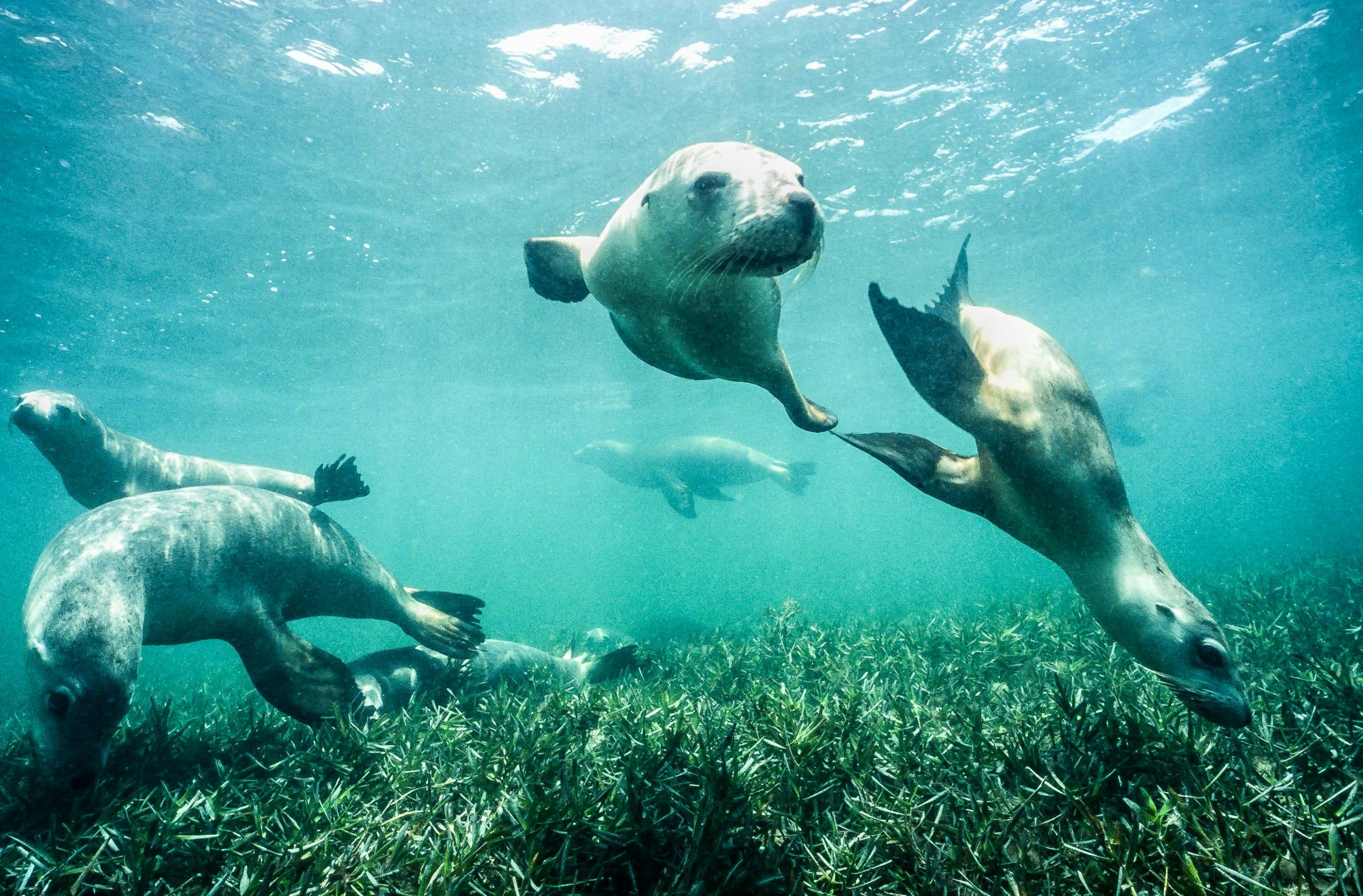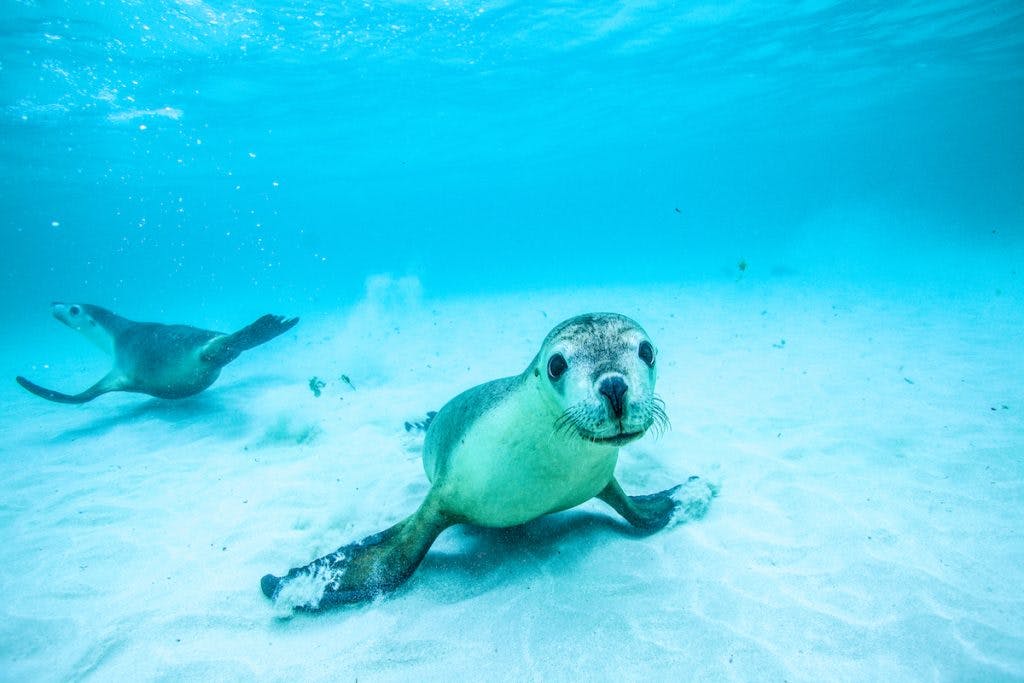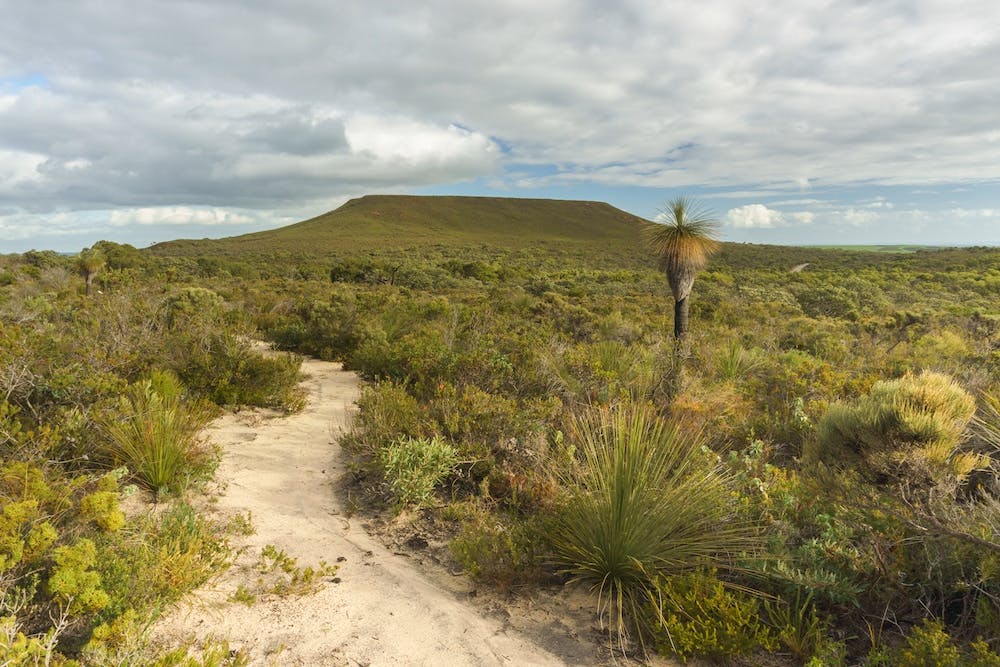Jurien Bay: Everything you need to know

Part of the spectacular Coral Coast, Jurien Bay is a stunning destination for sun seekers, beach lovers and adventurers.
Here’s what you need to know:
What is Jurien Bay?
A coastal town within the Wheatbelt, Jurien Bay was first settled by Europeans in the 1850s, with a temporary village established in the early 20th century to support the burgeoning fishing industry. Crayfishing has now grown to be a significant Jurien’s industry, as well as its popularity as a holiday destination.
Where is Jurien Bay?
Jurien Bay is 220kms north of Perth, approximately a 2.5 hour drive. 20 minutes north of Cervantes, it’s on Yued Noongar boodja.

What to do?
Obviously with such spectacular beaches, you’ll be spending most of your time at the beach! The coast is sheltered by a string of islands and limestone reefs, meaning plenty of calm lagoons to swim and snorkel. The Jurien Bay Marine Park is also home to the endangered Australian sea lion, who flourish in the seagrass meadows munching on cuttlefish, octopus and western rock lobsters. Experienced divers can explore the underwater caves, while even beginner snorkellers can marvel at the magnificent coral gardens.
The area is also a favourite for fishing – outside of the Marine Park’s sanctuary zones, you can drop a line and try and catch some dhufish or pink snapper for dinner, or snag some western rock lobsters.
Subscribe to our free newsletter!
If you prefer to keep dry, you can explore the area via 4WD, or race down the spectacular white dunes on a sandboard. To take in Jurien Bay on foot, the Turquoise Way Trail is a hiking and cycling trail that stretches 14.2km south along the coast from the Jurien Bay Marina.
About 30kms north of Jurien Bay, you’ll also find Lesueur National Park. The biodiversity hotspot is an integral conservation park for WA, and is home to over 1100 identified species of flora – including some that can’t be found anywhere else, and over 100 species of birds that rely on the flora to survive. Within the park, there are a number of hiking trails of various lengths and difficulties; from the 440m Botanical Path to the 26km loop overnight Yonga Trail, or the Lesueur Trail; a 3.5 km return that takes you to the top of Mount Lesueur and rewards you with spectacular ocean views. You can also drive through the park, with the Lesueur Scenic Drive taking you through a stunning 18.5km loop.

What not to do:
As with all visits to our natural spaces, adhere to the Leave No Trace Principles: meaning don’t leave any rubbish out there, don’t pick wildflowers and try your best to look after the surrounding area. Make sure you also adhere to any fire restrictions or bans that might be in place.
Make sure to only fish in designated areas, outside of sanctuary and scientific zones. Stay at least 10m from sea lions on land and in the water, and at least 100m from whales. If you’re hiking (especially overnight), don’t go out there unprepared. Bring ample water, check forecasts and bring first aid necessities, and only camp in designated areas.
Image Credit: Shutterstock, Tourism WA